Report this entry
More from the same community-collection
Jackie Osborne Austin High School Homecoming Queen
Jackie Osborne was homecoming Queen for Austin High School El ...
Austin High School Princesses 1948 - El Paso, Texas
Pictured from left to right First Row: Susan Anderson, Pat ...
Betty Butler the All Austin High School Lady 1948
For the female category of Austin High school's all Austin ...
Iris Ashton, Most Popular Girl, Austin High, 1948
Iris Ashton was named the most popular girl in Austin High ...
50th Birthday party Daniel Chavira, family and friends!
A family night out on a 50th birthday at Ardovino's Italian ...
Sam Donaldson-1948 - El Paso, Texas
A photograph of Sam Donaldson as a Freshmen at Austin High ...
Austin High School - Girls Varsity Tennis - 1948
First Row : Patsy Robinson, Carol Prescott, Ann Bowling, Sue ...
Science Club - Austin HS - 1948
Pictured in the front row a STEM Minorty; Joan Blackmon was the ...
Austin HS Future Home Makers of America
1st row: Menita Smith, June Stallings, Patsy Parker, Evelyn ...
Austin High School Basketall Team 1948
First Row: Pete Faulkner, Billy Walsh, Hugh Cardon, Rosendo ...
DIGIE'S Opening Ceremony - El Paso, Texas 2015
Lisa Heinemann and her husband attending the opening ceremony ...
First Woman Suzanne S. Azar -Mayor 1989-1991
Suzanne S. Azar -Mayor 1989-1991 - Former Mayor of El Paso, ...
John K. Lucas "The Banana Man" House for Sale 2015
Mr. John K. Lucas was born in Greece and married Ernestina from ...


















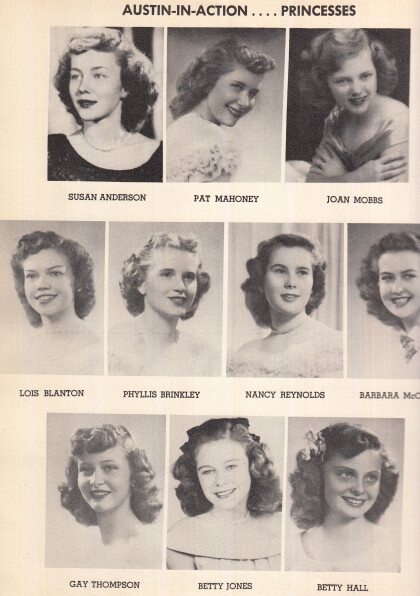
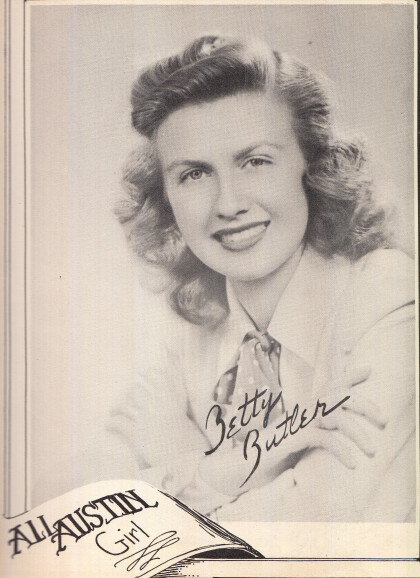
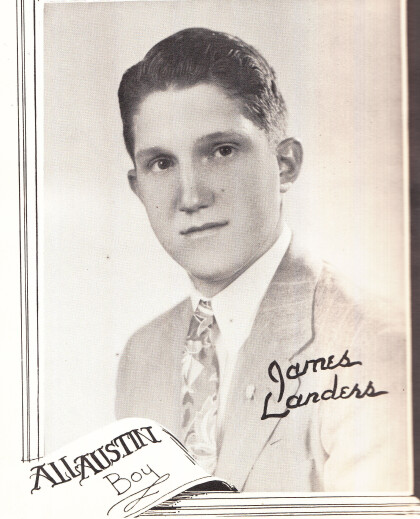


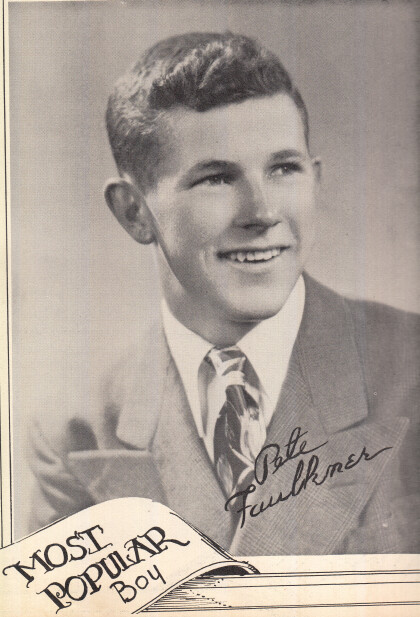
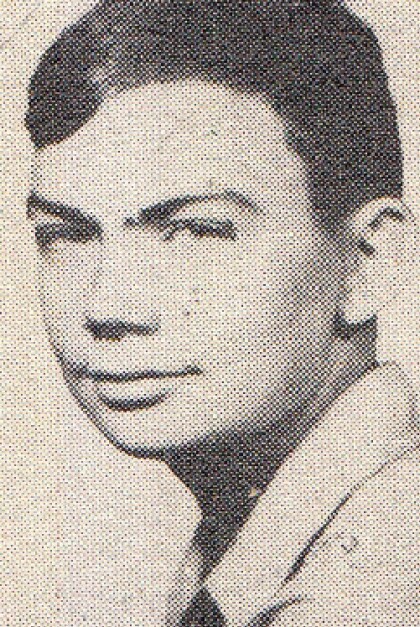

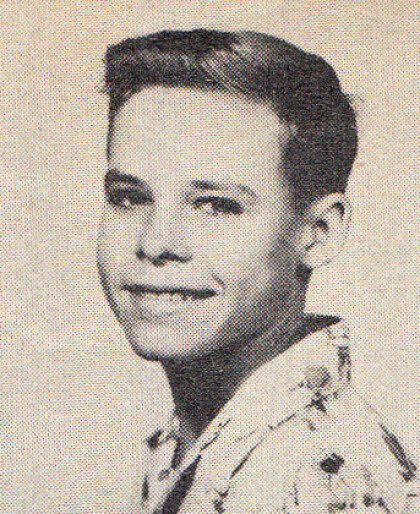
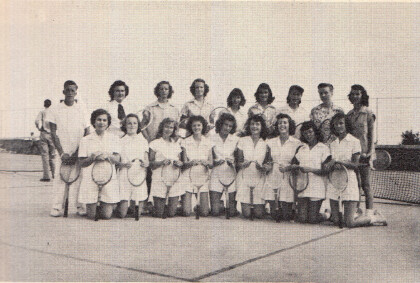
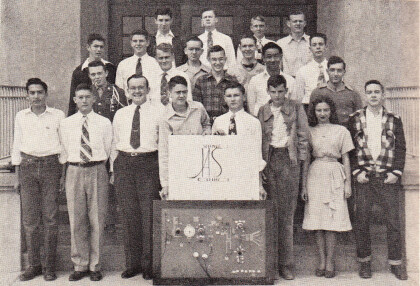
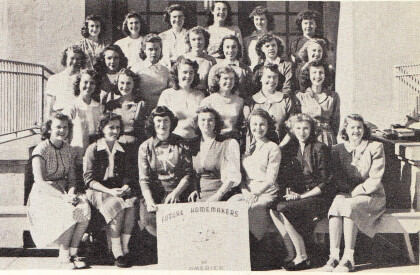
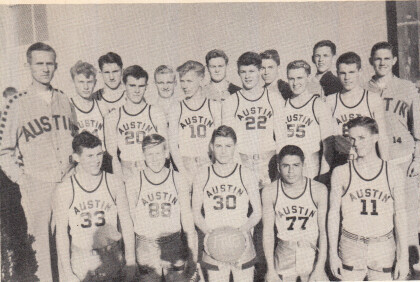

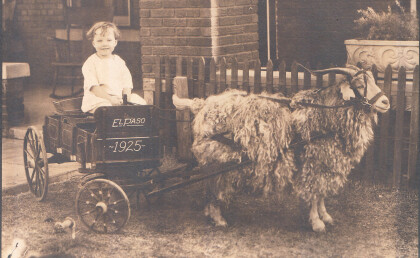
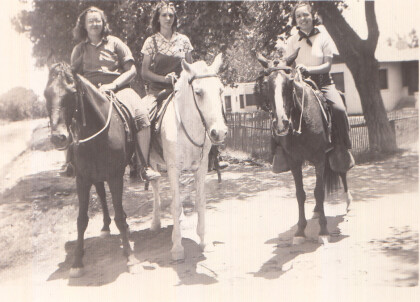
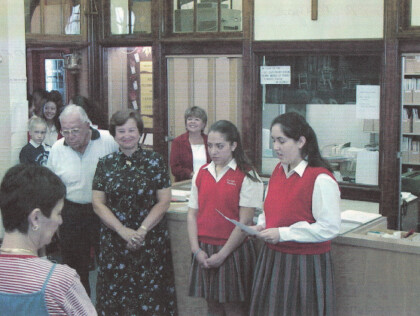
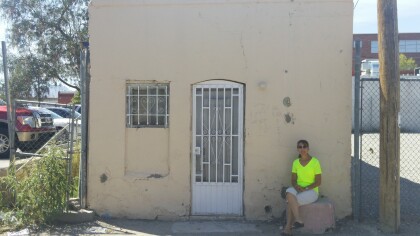
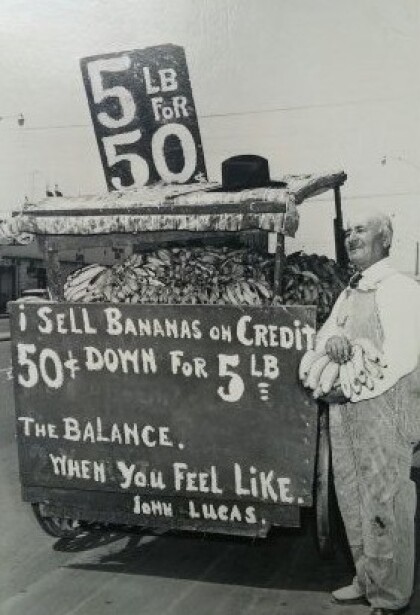
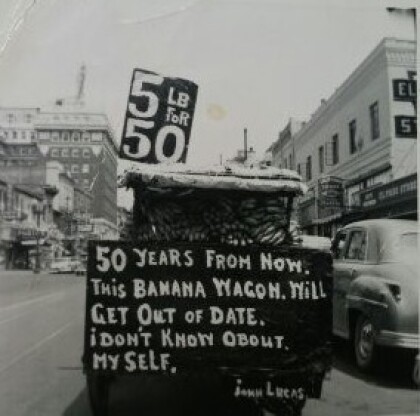
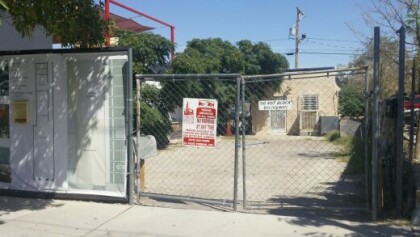
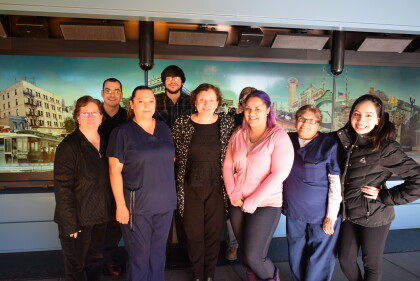
Comments
Add a comment